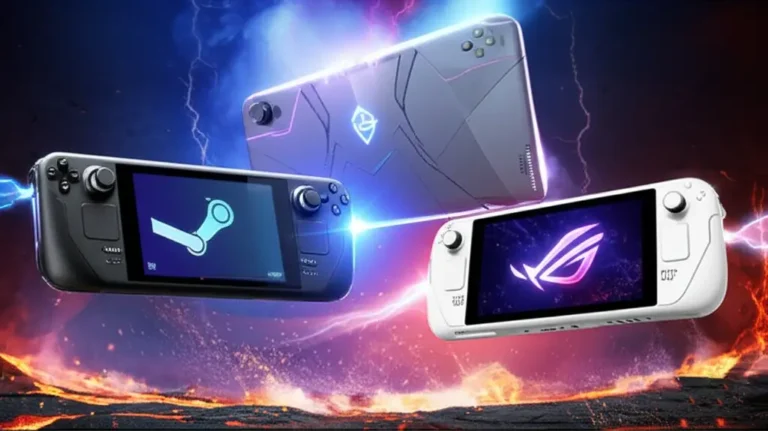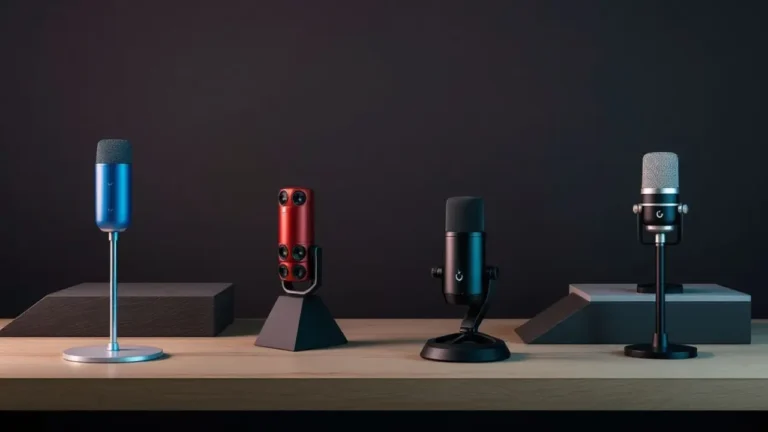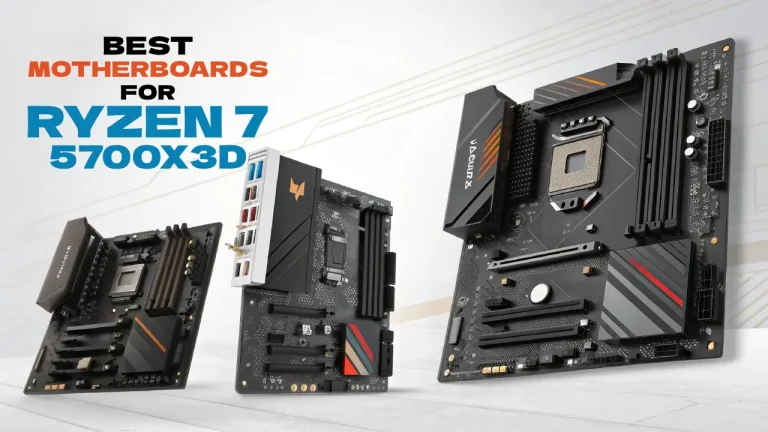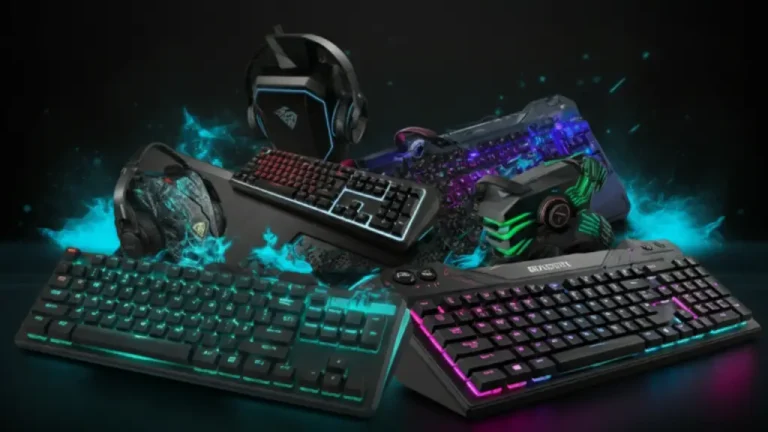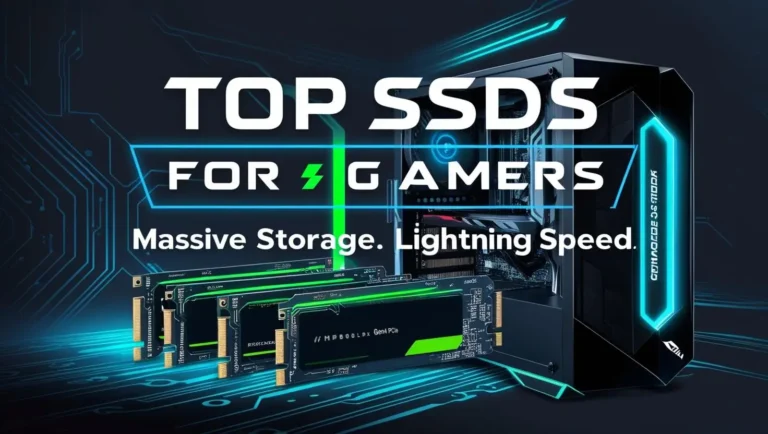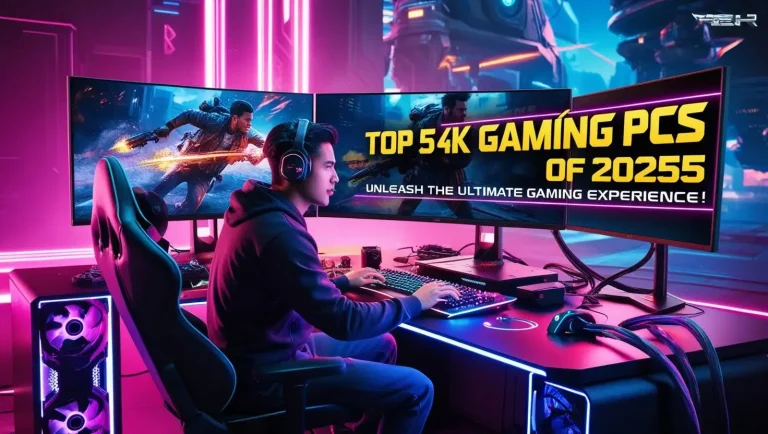The Secret to Perfect Audio: Why You Need a DAC/Amp for Gaming
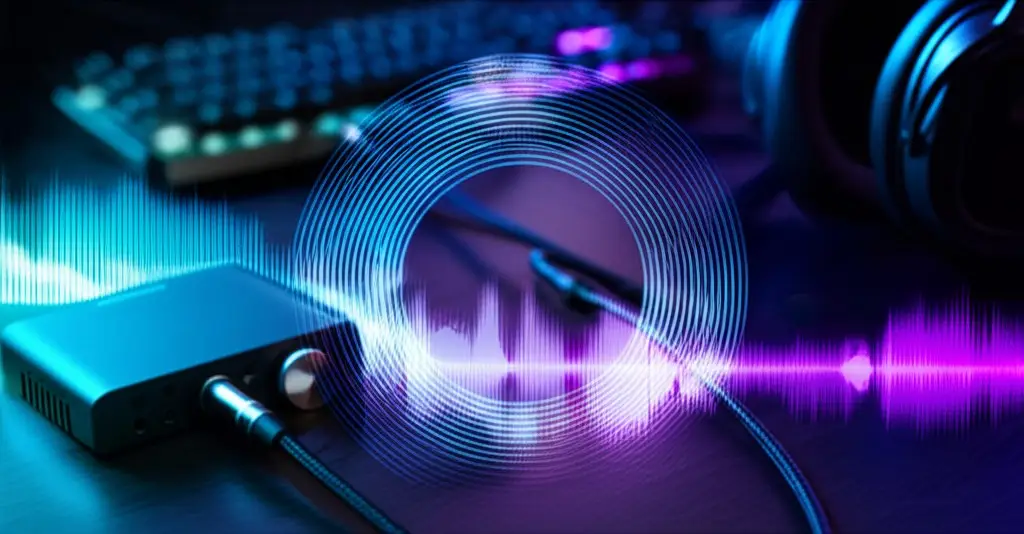
You’ve invested in a powerful graphics card, a high-refresh-rate monitor, and a responsive mechanical keyboard. But are you still using the audio jack on your computer’s motherboard or console controller? If so, you’re missing out on a crucial piece of the puzzle: pristine, immersive sound.
In the world of competitive and atmospheric gaming, audio isn’t just background noise—it’s data. It’s the subtle footstep of an enemy, the direction of distant gunfire, and the sweeping orchestral score that pulls you into another world. The secret to unlocking this level of detail lies in a device you may have heard of but never fully understood: a dedicated gaming DAC Amp.
This guide will break down what a DAC/amp is, how it works, and why it’s the single most impactful audio upgrade you can make for your gaming setup.
What is a DAC? The Digital-to-Analog Translator
Every sound you hear from your PC or console starts as digital data—a stream of 1s and 0s. Your headphones, however, can only produce sound from an analog signal. A DAC, or Digital-to-Analog Converter, is the device that performs this essential translation.
You might be thinking, “But I can already hear sound, so I must have a DAC.” You do! It’s a tiny, inexpensive chip built into your computer’s motherboard, your laptop, or your console’s controller.
The problem? These built-in DACs are often an afterthought, susceptible to:
- Electrical Interference: The inside of a computer case is an electrically “noisy” environment. Your powerful GPU and CPU can create interference that manifests as static, buzzing, or a general lack of clarity in your audio.
- Low-Quality Components: To keep costs down, onboard DACs use basic components that can’t resolve the fine details in a high-quality audio track.
A dedicated external DAC takes this critical conversion process out of that noisy environment, allowing it to work with clean power and superior components to deliver a significantly purer audio signal to your headphones.
What is an Amp? The Power Behind the Sound
Once the DAC has created a clean analog signal, it needs to be amplified. An Amplifier (or Amp) takes this signal and boosts its power so it can physically drive the speakers inside your headphones.
Just like with DACs, your motherboard has a built-in amplifier, but it’s typically very weak. This is where many gaming headsets and high-quality headphones fail to perform at their peak. Without enough power, audio can sound:
- Quiet or anemic, even at max volume.
- “Muddy,” with indistinct bass and muffled highs.
- Lacking in dynamics and punch.
A dedicated external amp provides the clean, robust power your headphones need to reproduce sound accurately across the entire frequency spectrum.
The Gaming DAC/Amp Combo: Your All-in-One Audio Solution
For gamers, the most practical solution is a DAC/Amp combo unit. This single device handles both the digital-to-analog conversion and the amplification, giving you a simple, plug-and-play powerhouse for your audio. You connect it to your PC or console via USB, and then plug your headphones and microphone directly into it.
4 Ways a DAC/Amp Will Improve Your Gaming Audio
So, what are the tangible benefits you’ll actually notice in-game?
1. Pinpoint Positional Accuracy
This is the number one reason competitive players upgrade. A quality DAC/amp improves stereo imaging and soundstage.
- Imaging: The ability to precisely locate a sound’s origin. With a DAC/amp, an enemy reloading to your left won’t just sound “left”—it will sound like it’s exactly at your 10 o’clock position, 15 meters away.
- Soundstage: The perceived size and space of the audio environment. A good DAC/amp makes the game world feel wider and more three-dimensional, allowing you to better judge distance.
2. Unlocking Your Headset’s True Potential
Many popular gaming headsets and virtually all audiophile-grade headphones are “underpowered” by onboard audio. A dedicated amp provides the necessary current to make them sing. You’ll hear tighter, more impactful bass, clearer mid-tones (where voices and footsteps live), and crisp, detailed highs without any distortion at high volumes.
3. Total Immersion in Richer Worlds
For single-player and cinematic games like Cyberpunk 2077, Elden Ring, or The Last of Us, a DAC/amp is a game-changer. Environmental sounds become richer, soundtracks are more dynamic and emotional, and dialogue is crystal clear. It transforms the audio from a simple background element into a core part of the immersive experience.
4. Elimination of Noise and Static
Tired of that faint buzzing or hissing sound you hear when no audio is playing? That’s electrical interference from your motherboard. Because an external DAC/amp processes the audio outside of your PC case, it completely eliminates this distracting noise, providing a silent, black background.
Real-World Example: A Quick Schiit Hel 2E Review
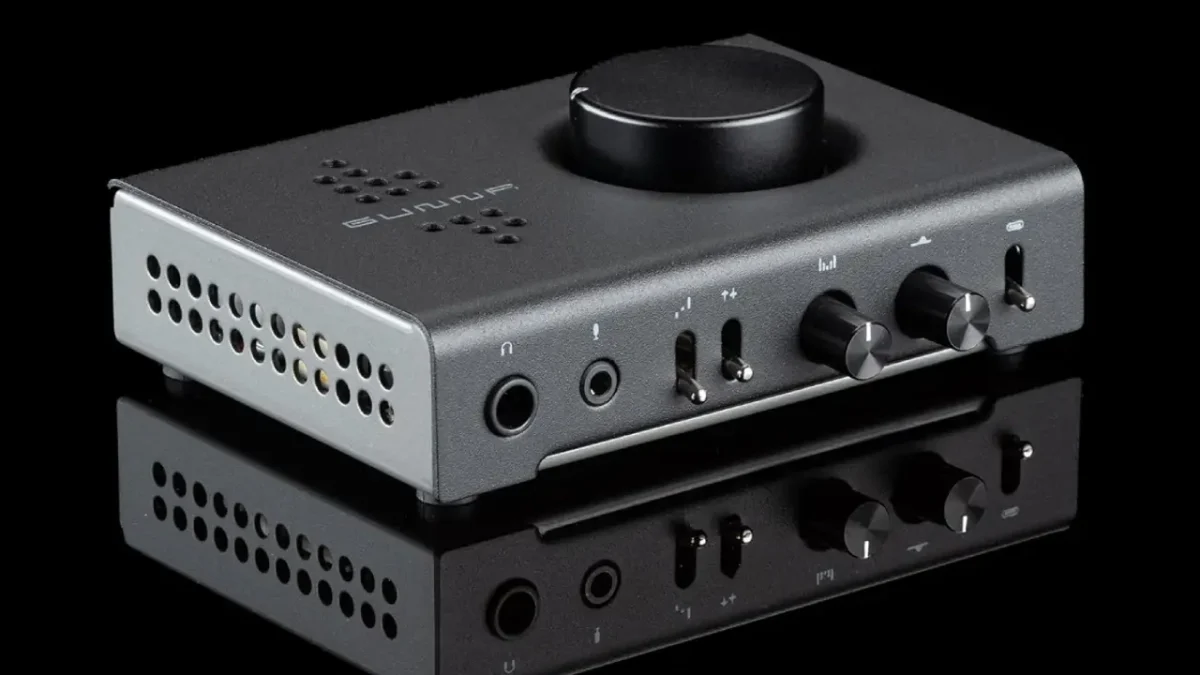
One of the most recommended gaming DAC/amps is the Schiit Hel 2E. It perfectly illustrates the benefits we’ve discussed.
The Hel is a powerful DAC/amp combo designed with gamers in mind.
Key Specification:
- High-quality DAC and Amp combo
- Built-in mic input (great for streamers!)
- Plug-and-play USB interface
- Front-mounted volume knob and gain switch
- Designed and built in the USA
Whether you’re gaming on PC, streaming, or even chatting with teammates, the Hel is built for gamers who care about audio fidelity.
Schiit Hel: Pros & Cons
Who Should Use the Schiit Hel?
Best For:
- 🎯 Competitive FPS players (Valorant, CS2, Call of Duty): Hear footsteps and enemy cues with surgical precision.
- 🌌 Immersive RPG gamers (Elden Ring, Cyberpunk 2077): Get lost in lush soundscapes and orchestral scores.
- 📡 Streamers & content creators: Enjoy crystal-clear mic input and premium sound in one sleek device.
Onboard Audio vs DAC/Amp: Is the Upgrade Worth It?
Let’s compare:
| Feature | Onboard Audio | Schiit Hel DAC/Amp |
|---|---|---|
| Audio Clarity | Muddy/Mixed | Crystal-Clear |
| Headphone Power | Low | High (600Ω capable) |
| Noise/Interference | Common | Virtually none |
| Mic Input Quality | Basic | Clean + low noise |
| Upgrade Flexibility | Limited | High |
Unless you’re using ultra-budget gear and don’t care about sound, onboard audio simply can’t compete.
How to Choose the Right Gaming DAC/Amp for You
- Consider Your Headphones: If you have a high-end, hard-to-drive headphone, you’ll need a more powerful amp. For most standard gaming headsets, even an entry-level DAC/amp like the FiiO K3 or Creative Sound BlasterX G6 will be a huge improvement.
- Check Your Inputs/Outputs: Do you need a microphone input? Are you playing on a console that requires an optical input? Make sure the device you choose has the connections you need.
- Set Your Budget: You can get a fantastic entry-level DAC/amp for around $100. Mid-range options like the Schiit Hel or iFi Zen DAC sit around $200, offering more power and features.
- Factor in Desk Space: These devices come in all shapes and sizes. Choose one that fits your setup.
FAQs about Gaming DAC amp
Do you need a DAC for gaming?
If you’re using high-end headphones or want clearer, more accurate audio, yes. A DAC enhances sound clarity, depth, and positional accuracy — critical for competitive and immersive gaming.
Can a DAC/Amp improve headset performance?
Absolutely — especially if your headset has high impedance or needs more power than your motherboard can deliver. Even mid-range headphones sound significantly better.
Is the Schiit Hel good for PS5 or PC?
Yes, it works great with both. While it’s plug-and-play for PC, with the right setup (USB and line-in support), you can use it with consoles like PS5 for much better sound.
Final Thoughts: Is a Gaming DAC/Amp Worth It?
Investing in a dedicated gaming DAC/amp is not an esoteric luxury for audiophiles; it is a practical, high-impact upgrade for anyone serious about gaming. It provides a clear competitive advantage, enhances immersion, and allows your expensive headset to finally perform the way its creators intended. Stop letting subpar onboard audio hold you back and discover the clarity and detail you’ve been missing.

